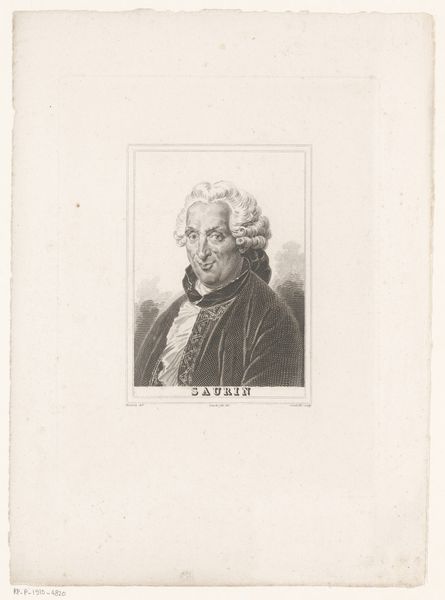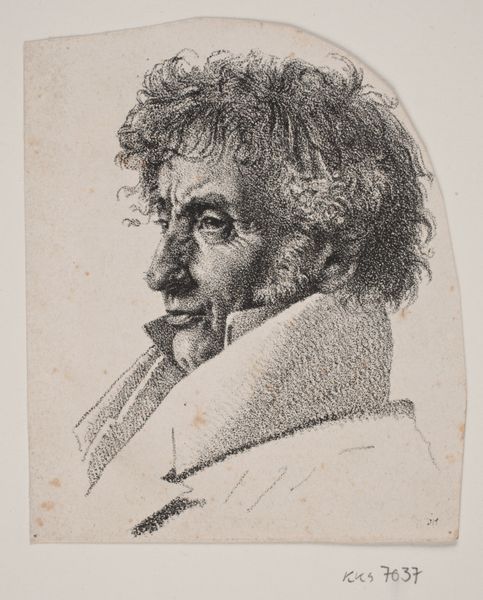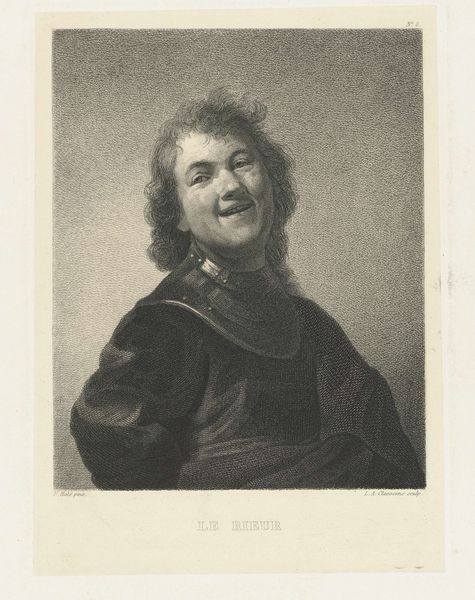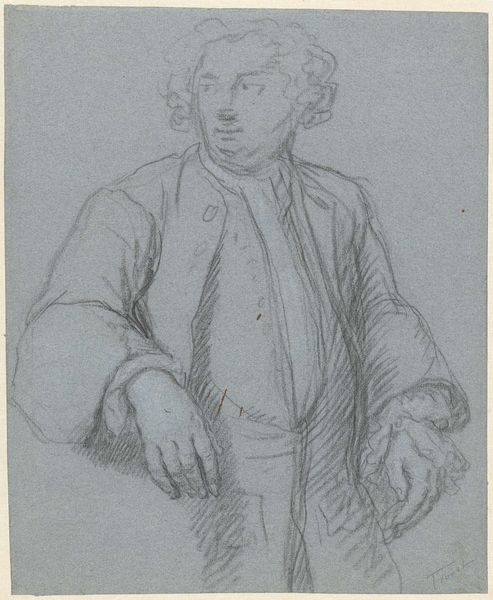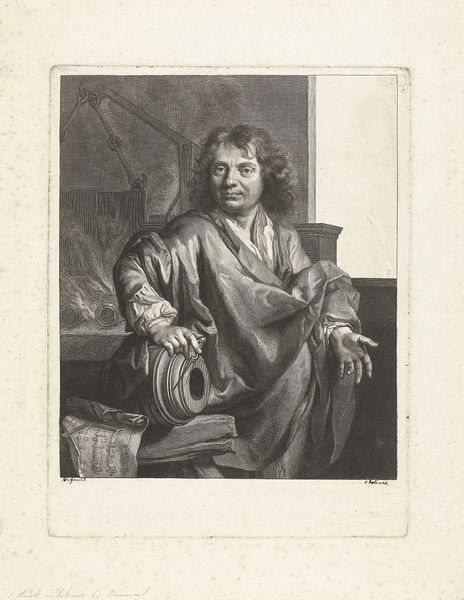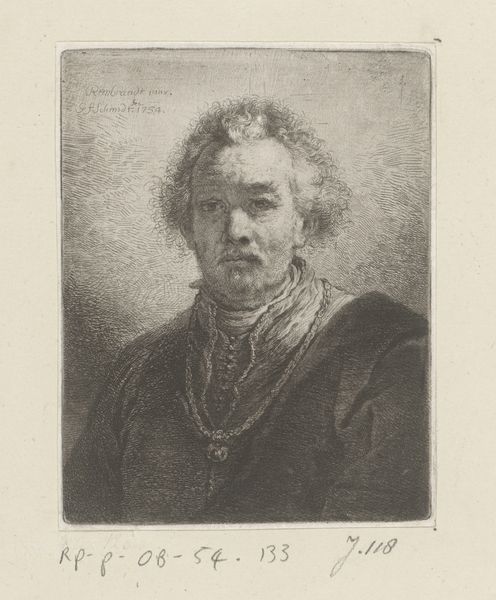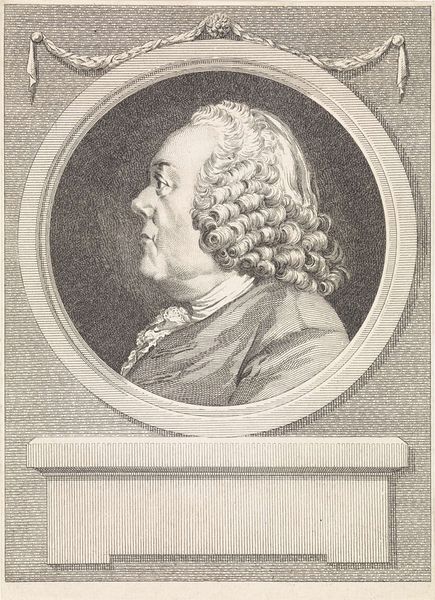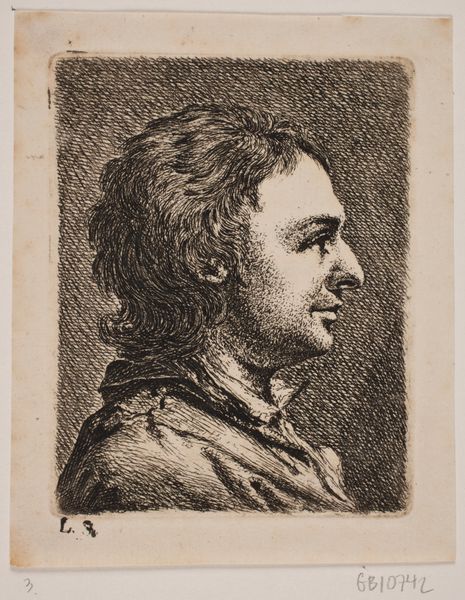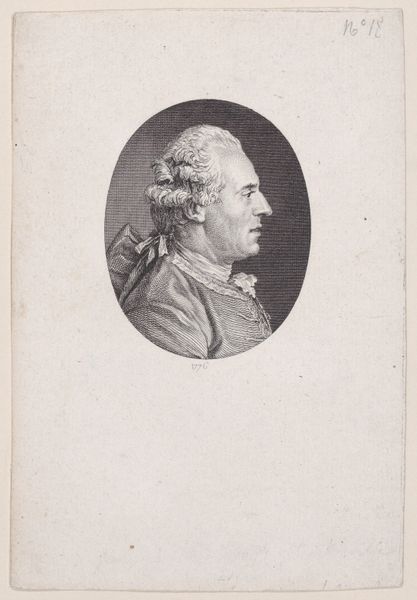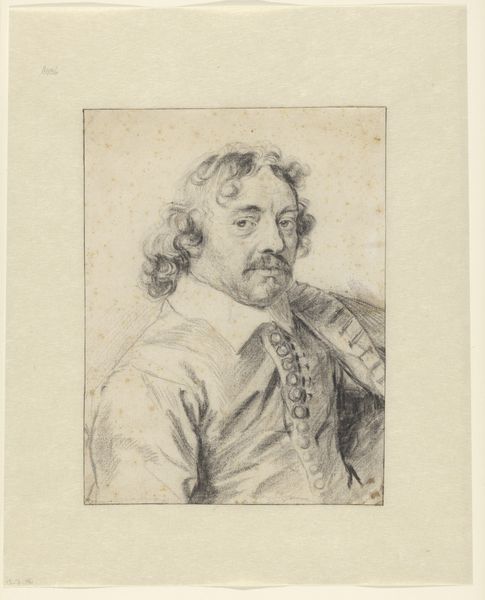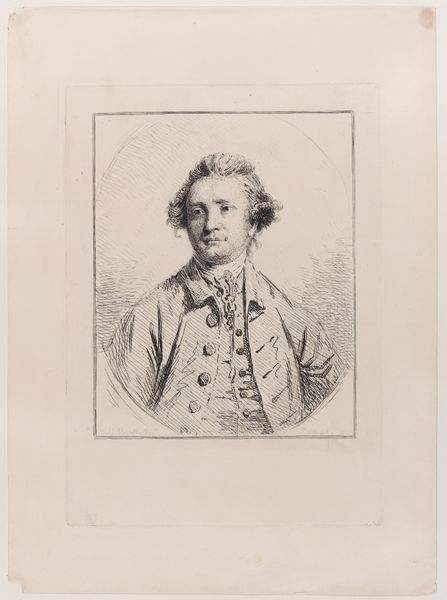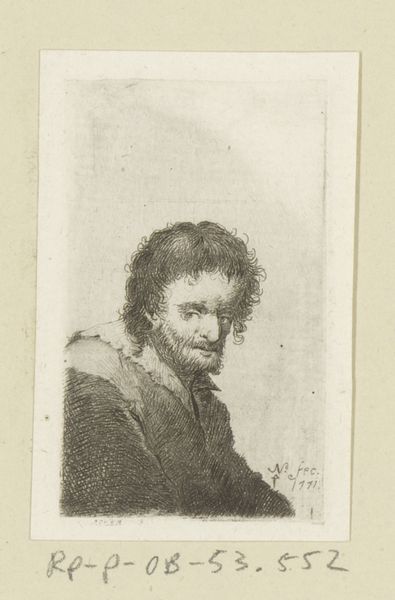
engraving
#
portrait
#
baroque
#
form
#
line
#
history-painting
#
engraving
#
realism
Dimensions: height 98 mm, width 67 mm
Copyright: Rijks Museum: Open Domain
Editor: Here we have Wenceslaus Hollar's "Portret van een man met borstelige baard," an engraving from the mid-17th century. The detail achieved with the lines is incredible, especially in rendering the beard and hair. What stands out to me most is how the materiality of the engraving – the lines etched into the plate – dictates the overall aesthetic. What's your interpretation? Curator: The process of engraving itself is key here. Think about the labor involved, the repetitive action of incising lines onto a copper plate. This isn’t about the spontaneous gesture of a brushstroke; it's about a deliberate, controlled, and reproducible image. The materiality of the copper and the sharp tools are crucial to understanding its creation and dissemination. Does the print suggest how it might have been consumed in its time? Editor: It feels like it was designed for mass production and consumption, possibly within intellectual circles, rather than a unique artwork made for a wealthy patron. It democratizes portraiture in a way, making it more accessible through this method. Curator: Exactly. Consider the social context of printmaking during the Baroque period. These images circulated widely, serving various purposes from disseminating information to solidifying social status. Hollar wasn’t just making art; he was participating in a system of visual communication and commerce. His skills reflect the craftsmanship, but what statements might it make about its status? Editor: Thinking about the social context helps shift my perspective from solely appreciating the aesthetic to understanding the artwork's role within the economic and social structures of the time. I realize there is a real story around craft embedded in the engraving itself! Curator: Precisely. It compels us to question the traditional hierarchies between art and craft. Thanks to the method it offers access in ways we perhaps don’t appreciate on first viewing.
Comments
No comments
Be the first to comment and join the conversation on the ultimate creative platform.
